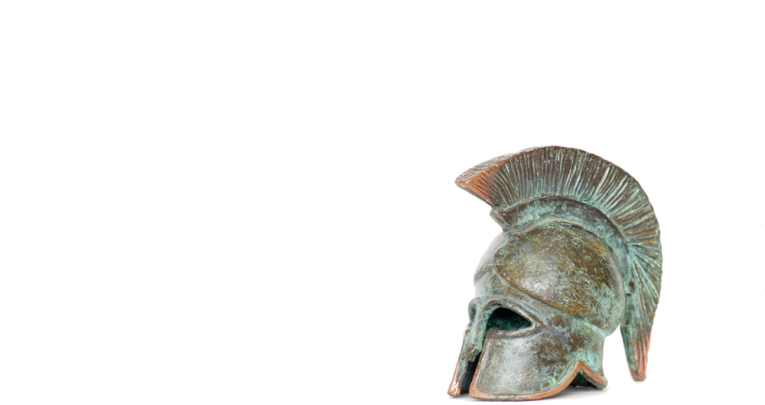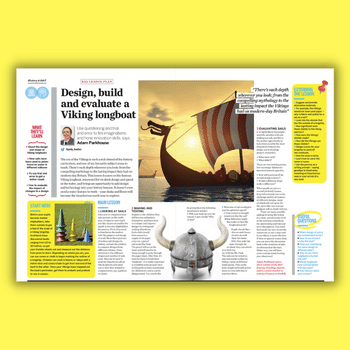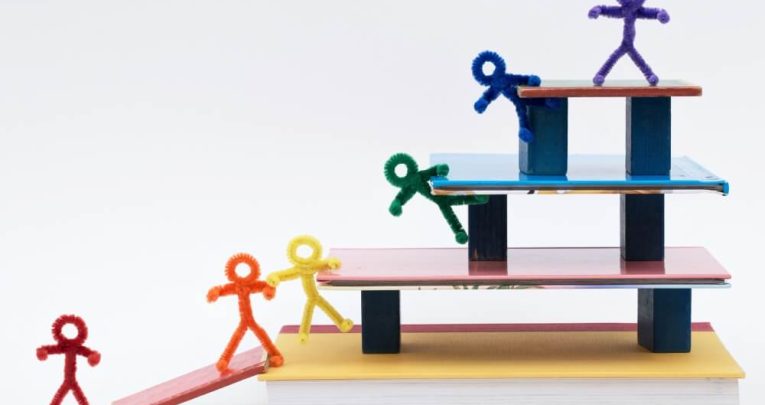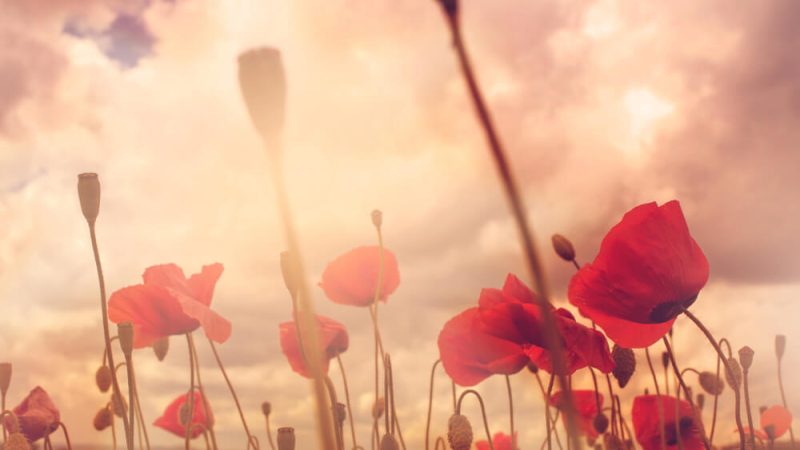Historical objects – How to use them to encourage curiosity, creativity and conversation

Investigating a single artefact can provide the powerful opportunity for your pupils to engage almost all their senses

- by Bev Forrest

Overwhelmed by the sight of the treasures of Tutankhamun’s tomb, all Howard Carter could utter when asked whether he could see anything was, “Yes, wonderful things.”
This could have been the response from a group of teacher training students when they entered the Leeds Discovery Centre, a museum store that contains over one million objects, each one with an amazing story to tell.
The students had been given the task of selecting one object to use as a stimulus for a series of lessons spanning the curriculum. They were overwhelmed with choice, with objects ranging from a lion skull to a beautifully embroidered 18th century coat. It soon became clear that selecting an object wasn’t the only challenge – the real dilemma was exactly what to do with it.
It’s a mystery
Before we decide how to use objects, let’s be clear why we should include them in our teaching. Investigating a single artefact can provide the powerful opportunity for your pupils to engage almost all their senses. Here is the chance to touch something from the past. A KS1 class investigating a metal pouring jug were looking for clues about what it could have been used for. Yes, the blue stains were a sign, but it was the smell of ink still lingering on this object which guided them in their quest. This jug had seen much service, filling the inkwells of children just like them. This simple experience enabled them to physically connect with past students of their own school.
Objects also enable children to understand difficult concepts. I worked on an archaeological excavation with KS2 pupils in their school grounds. They had spent over a term studying the Tudor period. One child, holding a piece of Elizabethan pottery, asked, “Does this mean the Tudors lived in our village?” That small fragment helped that child to make a connection no amount of lessons could.
Maximise learning
Common reasons given for not using objects in lessons include a lack of knowledge about the artefact and how to use it. It is essential to consider exactly what progress you want your pupils to make though engagement with an object. It could serve to stimulate creativity or provide an intriguing hook into a topic with a mystery to be solved. Perhaps it could help to illustrate a difficult aspect of learning, change attitudes, or help children to develop questioning skills or chronological understanding. Once you have decided on a focus, this will support when and how you introduce an object.
The key to success is offering pupils a toolkit for investigating. If they can investigate one object successfully, they will have a process to apply to any item in any context. This boosts confidence levels and fosters a willingness to take on challenges. Encourage children to carry out an initial physical investigation, noting such aspects as material, texture and colour. They can then pose questions and seek to provide answers, either through further observation or making reference to prior learning. Some questions will require further investigation, opening up opportunities for meaningful research exercises. When pupils begin to develop their ideas and formulate possible answers, they should be encouraged to utilise tentative language such as, ‘for example’, ‘perhaps’ and ‘possibly’. After carrying out this exercise, children will begin to realise that for some questions there are many possible answers, whereas for others the answer will never be found. Once this process is complete pupils should communicate their knowledge. Provide pupils with a simple template at first, but move towards them deciding their own more creative forms of communication. In time, they should be able to create their own class museum.
Living history
Ready to take on the challenge of using objects in your teaching? One key point to remember is not confining the use of objects to history lessons. They can enhance any subject. Even better, can your object be the stimulus for a whole unit of work?
Some objects related to your topic may be too rare and precious for handling. There is still much to gain by studying a replica. Pupils should consider exactly what is different about their replica compared to the original, and what is the same. Why are they unable to engage with the original?
It may be possible to borrow objects from your local authority service or museum. A request to the school community is also a good source of resources. Unwanted holiday souvenirs could also be a useful addition to your collection. The website tts-group.co.uk is a great source of replica objects. If you keep communication, creativity and curiosity at the heart of your planning, you can’t fail to inspire.
Introducing your object
- If possible, wrap the object so pupils have the chance to feel for any details that may help to ascertain what it is.
- Consider carefully the language you use. Words such as ‘puzzle’, ‘mystery’, ‘unique’ and ‘precious’ will help to motivate.
- Roll back your sleeves, remove jewellery, put on white cotton gloves and pick up a magnifying glass to begin investigating. This encourages the pupils to treat the objects with respect and reinforces their significance.
Killer questions
- Is it valuable? What do we mean by ‘valuable’? Is it always monetary, or should we consider social and sentimental value? How does an object’s value change with place and time?
- Is the object significant? Does it deserve to be in a museum? How did it get here?
- How does it make you feel? What does it tell us about the people who owned it or lived at that time?
Bev Forrest is a primary teacher trainer at Leeds Trinity University and a member of the Historical Association Primary Committee. She is also on the editorial board of the journal Primary History. Thank you to Kate Fellows at Leeds Museums and Galleries for her support with this article.









